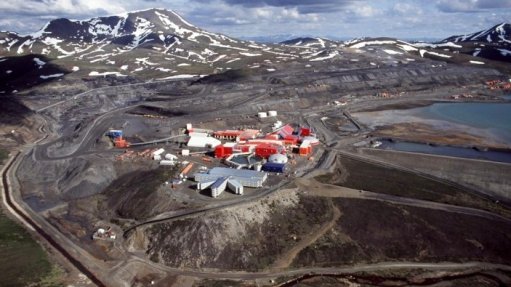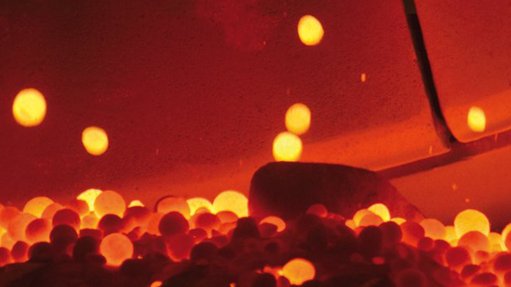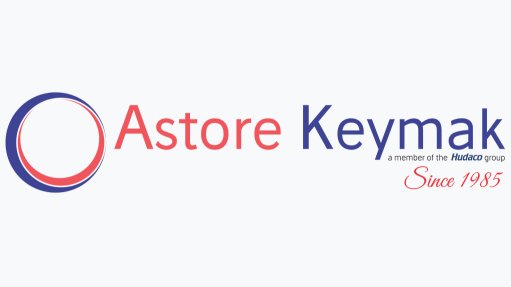Battery materials and the growing importance of urban ore
This article has been supplied.
Why existing minerals and metals in batteries will change the dynamics of the mining industry
For millennia, we’ve mined and refined materials to power our civilisations and industries, and feed consumer demand for products. This has traditionally been a linear process: dig material from the ground, purify and convert it into useful forms, manufacture products for use and then dispose of these products.
However, with electric vehicles – which are subject to technology disruption, changing regulations and uncertain geopolitical factors – driving a surge in demand for battery materials, is it time to rethink the mining value chain?
“The scale of the decarbonisation task requires a lot of new mines,” says Worley vice president, battery materials, Greg Pitt.
“But it also depends on a greater role for recycled materials already mined, which exist in batteries and other electronic devices.”
These devices – currently found within homes, warehouses, aging electrical infrastructure and more – make up the “urban orebody”. Their materials could be worth tens of billions of dollars. And if the industry can recycle these materials, it could reduce both the time to get metal to market and environmental impacts compared with traditional mining and materials processing.
So, if more minerals, metals, and battery grade materials needed for the energy transition come from recycling, rather than new mines and facilities, how will this impact established players within the mining industry?
Assessing the urban orebody
Modern technologies are capable of recycling certain commodities, such as steel, aluminium, copper and lead. As Pitt explains, when existing technologies and devices reach end of life, the materials can be economically placed back into service to create more products for consumption.
“If we consider high nickel cathode variants, the importance of recycling is emerging quickly,” he says. “This is partly because of policy settings, such as the minimum threshold for recycled content mandated by the European Battery Regulations. It’s also being driven by feedstock security needs, and some part by pure economics to maximise value streams from off spec material and production waste.
“Value chain players, particularly cathode material manufacturers, are now conceiving ‘closed loop’ systems in their investment strategies to capture and re-purpose battery waste back into their processing facilities,” says Pitt.
“This is good news for reducing the environmental impact of battery production, as it’s possible to achieve greater sustainable outcomes by using more recycled content, but there is still a hill to climb for recycling technologies to deliver efficient yield recovery economically. The battery value chain is no longer linear.”
How could the urban orebody impact the traditional mining industry?
The emergence of recycling means miners of the future can extract value from both ends of the value chain: natural resources in the earth’s crust, and the urban ore body that exists in recovered batteries, off spec cathode materials and black mass.
“This has some big implications,” says Pitt.
“Recycling materials brings an entirely new set of opportunities and challenges for miners to tackle, which could change the role miners play.”
Pitt explains why.
“For centuries, mining has involved extracting value from variable single digit ore grades, which need a lot of capital investment and involve long payback periods to bring virgin material to market.
“However, the urban orebody of the future has an extremely high content of key minerals – Cu, Ni, Li, Co, Mn, Al, Fe – which are widely distributed but relatively easily transportable to central processing. It’s also ever increasing in volume as more products are made and then reach end of life.
“And yet we don’t currently see the mining industry actively participating in taking full advantage of this opportunity.”
So, what implications could this urban ore body have on traditional miners that follow a linear mining process?
Investing in a new mine asset is typically a long and high-risk process, mainly due to the uncertainty in the quality and quantity of the ore body involved and the cost of mining and refining it. Imagine a world where these are known, and the mine life is set to infinity.
Pitt says: “Several key questions then emerge: will the urban orebody miners of the future be an entirely new set of players, or will miners diversify their models and influence both ends of the value chain?
“Will heritage miners become pure upstream suppliers of incremental virgin materials to ‘top up’ the increasingly circular system?”
Explaining the leased mineral model for battery materials
Consider the fundamental economics influencing the commercial landscape. Cathode material is the major contributor to battery cell cost. This is primarily driven by the purchase price of the key mineral feedstocks used.
“Major producers of cathode material have seen the immediate economic benefit of producing their own feedstocks from recycled materials and reducing their reliance on upstream material supply,” says Pitt.
“This is also being driven by OEM obligations to recover end of life batteries and find a partner to take and feed them back into the value chain. It’s an obvious strategy to ask cathode companies to recycle.”
But what if you didn’t need to buy the key minerals to make a battery, and could lease them instead?
This shift in mindset opens new possibilities and commercial models to drive down product costs and incentivise even more circularity throughout the system.
“For example, nickel in a nickel manganese cobalt [NMC] battery cell could be on loan, so you pay only for the time during which you used it. This would end when you return the molecule back to its original owner,” says Pitt.
“We can, with some effort, find more minerals at reasonable grades from the traditional mining process. But it’s actually a going-out-of-business model if you take a long-term perspective and consider declining ore grades and scarcity.
“Instead, we could view the minerals themselves as a perpetual asset, within a closed or near closed system, to be recirculated infinitely. They could generate cash every time they cycle through, eventually becoming a sustainable, long term business model.”
The benefits of a mineral leasing model
Pitt says an opportunity exists to generate longer term recurring revenue streams that move away from a life-of-mine model and to a life-of end product model.
“This would typically enable around 10 years of rental income after virgin material has entered the system before an end-of-life battery returns,” he says.
“Deferred cash flows from a leasing model for the new urban miners would enable them to pass on a lower ultimate cost of product through sub-leasing arrangements, to cathode material, to battery, to EV.
“Over time, overall product costs should reduce as recycled content percentages increase, needing only to recover incremental costs to recycle. This is what the cathode players are already banking on in their closed loop system strategies.”
Pitt says this system should further incentivise increased sustainability of battery products, as the economics of returning minerals for reprocessing will drive the environmental footprint down to the bare minimum involved to reprocess.
“It also offers a different perspective on supply chain security and control,” he says.
“Bans on certain material exports – as we’ve seen recently in China and Indonesia – could be reconceived if the original resource owner remains the owner, even after material has left the border.
“This system is complex and would rely on a deep foundation of trust, to provide visibility and traceability of material flows around the world,” Pitt says. “Thankfully the technology already exists to track which materials go where today.”
Every option will play a role meeting demand for battery materials
As with energy transition being a multi-solution endeavour, Pitt believes there is no single approach to meeting growing demand for battery materials.
“We need to consider every available option,” he says. “There’s a role for greenfield mines. And there’s a role for recycling materials that are already in the system, too.
“The challenge for both traditional and emerging players supplying the battery value chain is how to participate in both greenfield and recycling opportunities in an integrated way.
“Boards should be evaluating the right balance to extract value from today’s linear economy while setting up their business to benefit from tomorrow’s circular economy.”
Article Enquiry
Email Article
Save Article
Feedback
To advertise email advertising@creamermedia.co.za or click here
Announcements
What's On
Subscribe to improve your user experience...
Option 1 (equivalent of R125 a month):
Receive a weekly copy of Creamer Media's Engineering News & Mining Weekly magazine
(print copy for those in South Africa and e-magazine for those outside of South Africa)
Receive daily email newsletters
Access to full search results
Access archive of magazine back copies
Access to Projects in Progress
Access to ONE Research Report of your choice in PDF format
Option 2 (equivalent of R375 a month):
All benefits from Option 1
PLUS
Access to Creamer Media's Research Channel Africa for ALL Research Reports, in PDF format, on various industrial and mining sectors
including Electricity; Water; Energy Transition; Hydrogen; Roads, Rail and Ports; Coal; Gold; Platinum; Battery Metals; etc.
Already a subscriber?
Forgotten your password?
Receive weekly copy of Creamer Media's Engineering News & Mining Weekly magazine (print copy for those in South Africa and e-magazine for those outside of South Africa)
➕
Recieve daily email newsletters
➕
Access to full search results
➕
Access archive of magazine back copies
➕
Access to Projects in Progress
➕
Access to ONE Research Report of your choice in PDF format
RESEARCH CHANNEL AFRICA
R4500 (equivalent of R375 a month)
SUBSCRIBEAll benefits from Option 1
➕
Access to Creamer Media's Research Channel Africa for ALL Research Reports on various industrial and mining sectors, in PDF format, including on:
Electricity
➕
Water
➕
Energy Transition
➕
Hydrogen
➕
Roads, Rail and Ports
➕
Coal
➕
Gold
➕
Platinum
➕
Battery Metals
➕
etc.
Receive all benefits from Option 1 or Option 2 delivered to numerous people at your company
➕
Multiple User names and Passwords for simultaneous log-ins
➕
Intranet integration access to all in your organisation


















